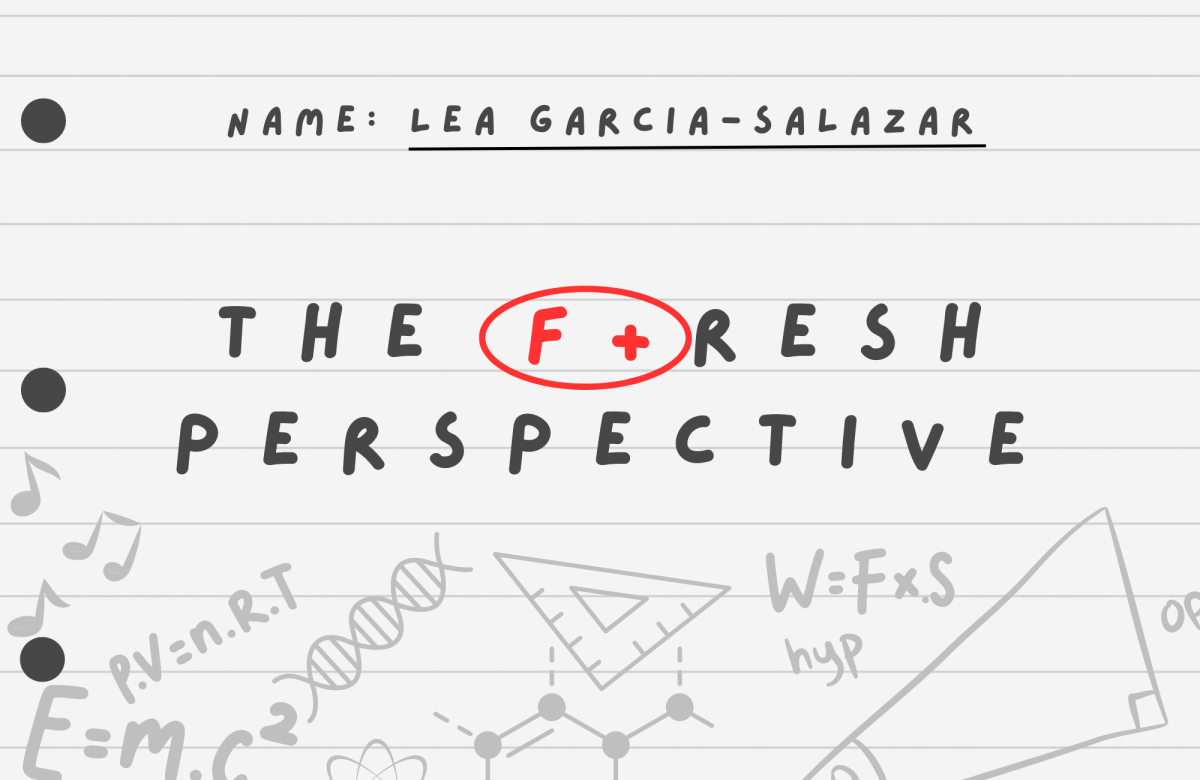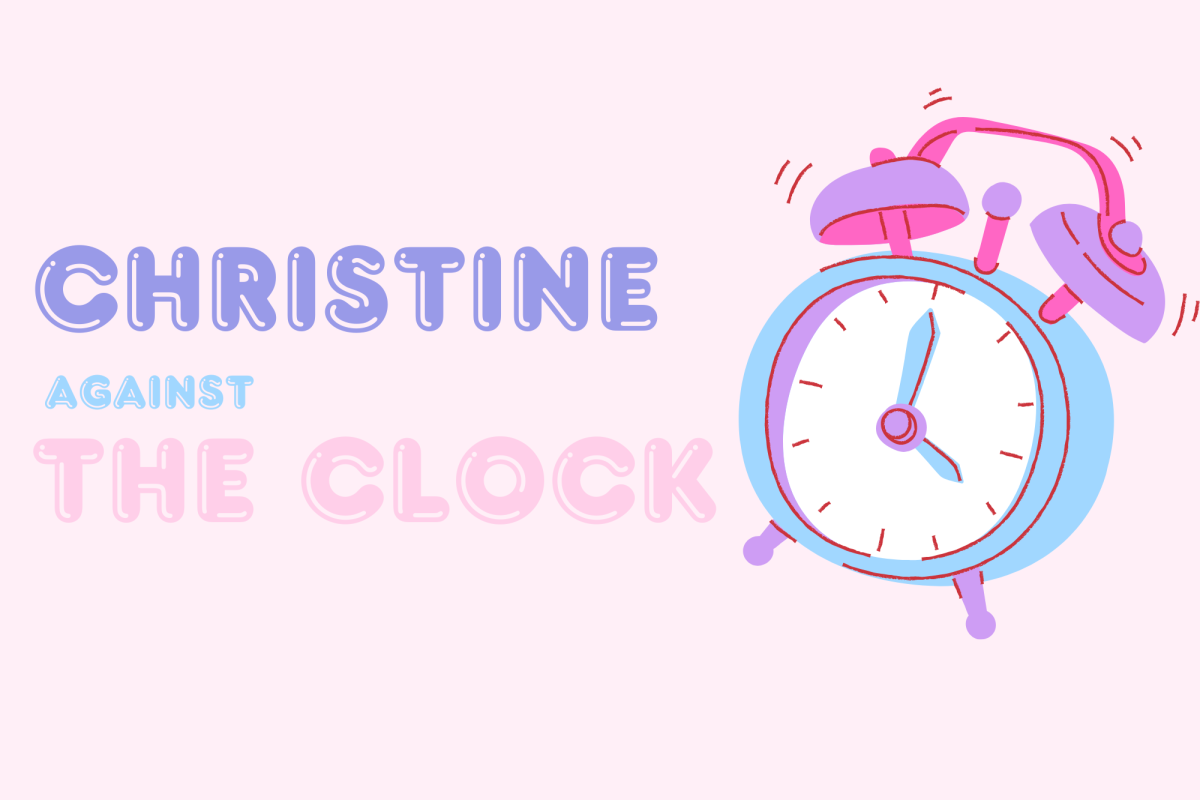Struggling to understand what you’re studying? The Feynman technique offers a solution to this problem: if you can’t explain it simply, you don’t know it. But how does this method work?
Struggling to understand what you’re studying? The Feynman technique offers a solution to this problem: if you can’t explain it simply, you don’t know it. But how does this method work?
Throughout Richard Feynman’s career, he commonly used diagrams to create a conceptual representation of complex ideas. Through these diagrams, Feynman was able to simplify quantum mechanics and particle physics, making them more accessible to both scientists and students. The theoretical physicist’s ability to explain intricate concepts in simple terms has since become a widely used learning strategy worldwide.
The method works like this:
- Write down the concept you’re learning
- Explain the idea in your own words
- If you can’t fully explain the idea simply, go back to studying
- To help you understand it better, rewrite your notes in simpler terms, draw diagrams (like Feynman himself), or use analogies
Before jumping straight into using this method in your next study session, let’s look at why it works in the first place. The Feynman technique is used widely because students can identify the gaps in their knowledge and develop a deeper understanding of the subject.
Since the core idea of this technique is to take a complex subject and simplify it for a general audience, struggling to do so reveals gaps in your knowledge. For example, if you are trying to explain a math concept to a friend and find yourself stuck, it’s a sign you don’t fully understand the topic. In this case, you should revisit the material and clarify the part that confused you until you can explain it simply. This method allows students to assess and improve their understanding before being tested.
Since the Feynman technique relies on active learning, it helps you develop a deeper understanding of the subject. You reinforce your knowledge and improve long-term retention by engaging with the material to the point where you can comfortably teach it to someone else. Additionally, mastering the material boosts your confidence, making it easier to apply in exams and real-world situations.
Remember, when using this method, keep it simple, and don’t get discouraged! It’s better not to know it now than on the test, so keep learning concepts your way until you’re comfortable with them. Happy studying!











